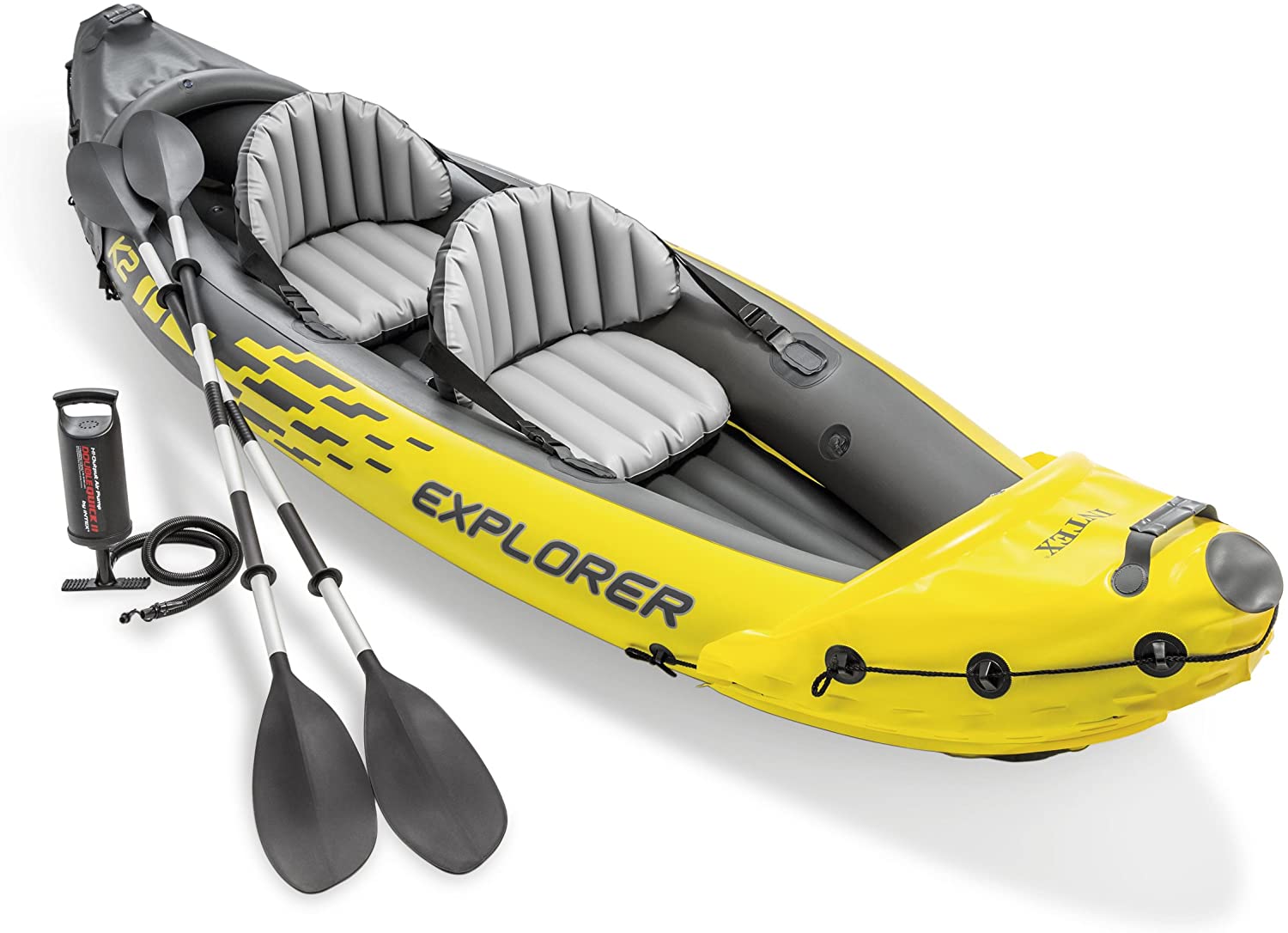It may be difficult and confusing for you to choose the right kayak for you. You may have seen touring and recreational kayaking both during your research but you probably don’t understand which one suits you well. To give you the answer to these questions, here are the whole details of these two types of kayak for you!
The features of recreational kayaks:
Stability:
Recreational kayaks have a good primary stability or initial stability. They would have a shorter and wider hull than most touring kayaks that could help provide you a stable platform to paddle on flat water. they have a higher level of initial stability and you could feel more steady on the calm water. However, because of the absence of higher secondary stability, it is difficult to paddle on whitewater.
Ease of use:
If you are a beginner, recreational kayaks would be great for you due to their stability and easy to use. Most of these kayaks would be sit-on-top that could make it easier to get out and in and you could feel less restrictive as there isn’t any closed cockpit. If you want a sit-inside kayak, you would find such recreational kayaks also.
They are also easy to get inside and out as the cockpits would be larger and you may feel least confined and comfortable. If you compare them with other slimmer touring kayaks, recreational kayaks are the best. The shortest hulls allow ease of maneuver that could be perfect for beginners and kids.
Durability:
Recreational kayaks are built especially for recreation, they could be more tough and commonly made of polyethylene. So, they could withstand small knocks and bumps and you could drag it on the sand easily. If you have rented a kayak at a lake or beaches, it is more likely that your rented kayak was this one!
The features of touring kayaks:
Storage:
The main and noticeable feature of a touring kayak probably is its storage. You would find more faithful storage that has sealed hatches on touring kayaks and you may not find it on other usual recreational kayaks. The extra storage capacity allows you to load your kayak for long trips like multi-day trips. You would also find enough space for camping overnight with your gears and enough food supply.
Secondary stability:
Touring kayaks have better secondary stability than recreational kayaks, this means they could handle the rough water or whitewater better even without tipping. However, you may feel a bit uncomfortable and unstable when getting into this for the first time especially if you are a beginner.
Speed:
A touring kayak has narrow and long hulls that could make it faster on whitewater. This could be more useful if you plan to paddle across larger bodies of the water or you have a long trip. It would make it easier to paddle and also helps to lessen fatigue as there is lesser resistance among the water and the boat.
Tracking:
Touring kayak track becomes more efficient because of its narrower and longer hull designs. You have to give less effort than any recreational kayak to keep your kayak running in a straight way. However, longer hulls might be a little tricky and less efficient when maneuvering and turning in calm or flat water.
Day touring:
Unlike recreational kayaks, you could get a little short day with touring kayaks that could be sit-on-top or sit-inside. These types of kayaks are ideal for short tours where you need to take many gears on your kayak. Some traditional touring kayaks are wider and could be suitable for a beginner and experienced paddlers as well.
Recreational kayak vs Touring Kayaks:
1. Stability:
Touring kayaks are the best to handle currents or moving water whereas recreational kayaks would offer you more stability on calm and flatwater due to their wider and shorter hulls.
2. Water conditions:
Both touring and recreational kayaks could be perfect for calm water conditions like lakes, slower moving rivers and bays. Moreover, touring kayaks are also great in moderate rivers and open water whereas recreational kayaks are better to handle narrower rivers and in places where you may maneuver around rocks. If you are going for a family trip, recreational kayaks would work best for you.
3. Experience level:
Recreational kayaks are good for both beginners and experienced paddlers. They are also ideal to learn paddling skills. It is good to practice with a recreational vessel on calm water before you move to the moving water.
If you already gathered experience in paddling, you could choose a touring kayak for you to adventure on the moving water. ensure that you have learnt extra skills like wet exits and rolls before you use a sit-inside touring kayak.
4. Gear storage:
Touring kayaks are the best for long trips because you would find more gear storage in them than other recreational kayaks. Recreational vessels also have storage for a little amount of gear for clothes or a picnic but they’re not designed to have a long paddling trip.
5. The speed:
If you compare these two types of kayaks, you may find touring kayaks faster due to their narrow and long hulls that allows more efficiency on water. If you want to sacrifice your speed for extra stability, you should choose a recreational kayak.
6. Storage and transportation:
Recreational kayaks take less space to store because they are short in length and this fact also makes them easier to transport than touring kayaks. On the other hand, touring kayaks require extra accessories like trailers and roof racks to get them on and out of the water.
Here is a chart to show you the differences at a glance-
| touring | Recreational | |
| Water type | Sea, bays, lakes | Slow river, lakes |
| Length of the trip | Long or full day tours | Short day tours |
| Storage | good | Ok |
| Speed | good | Ok |
| Tracking | good | Good |
| Maneuverability | good | Ok |
Hopefully you could understand the basic differences of a touring and recreational kayak. You would be able to choose the right one for you. Before making any decision, think what sort of paddling you like and what is your skill level!


